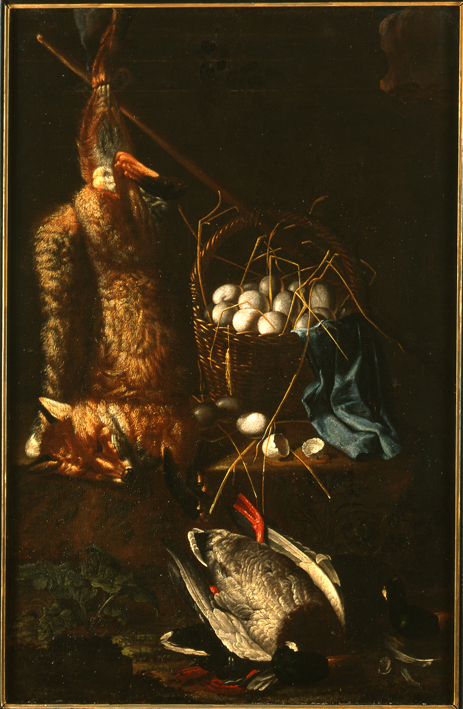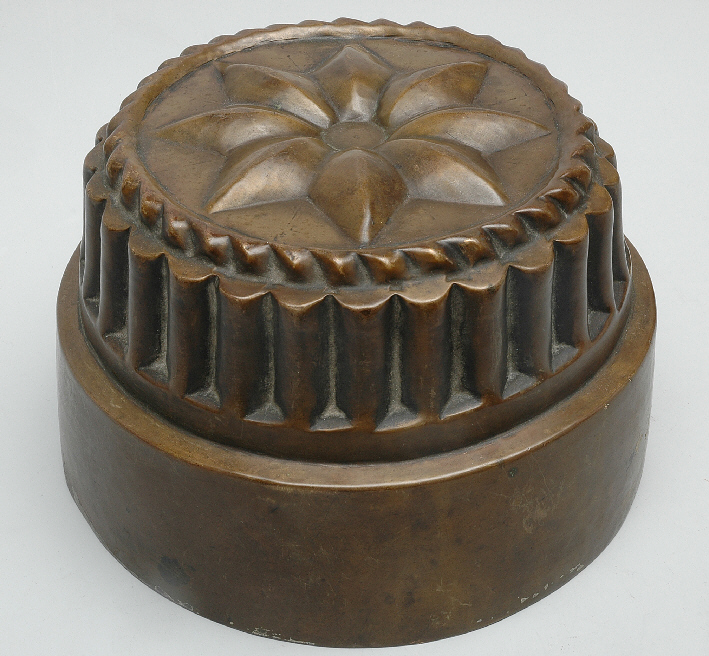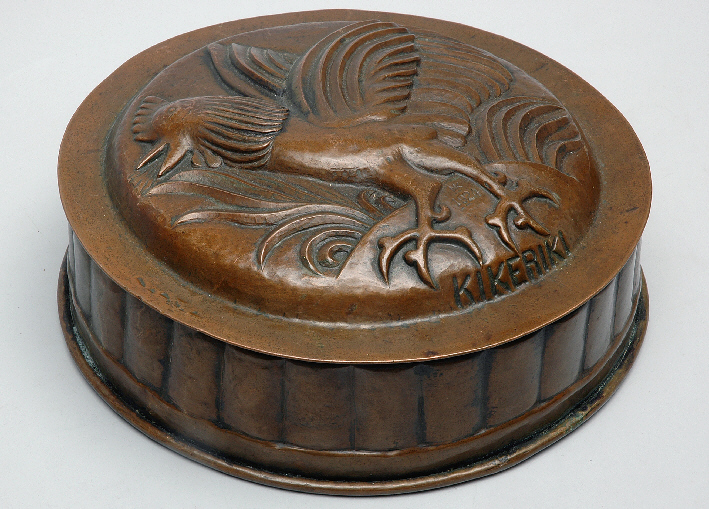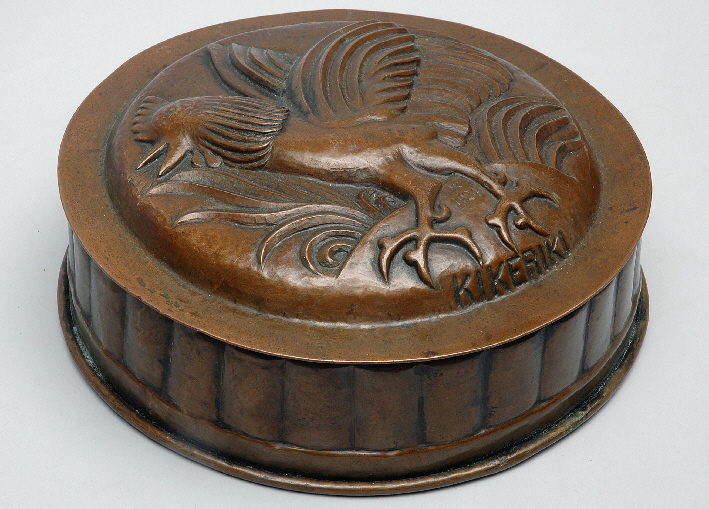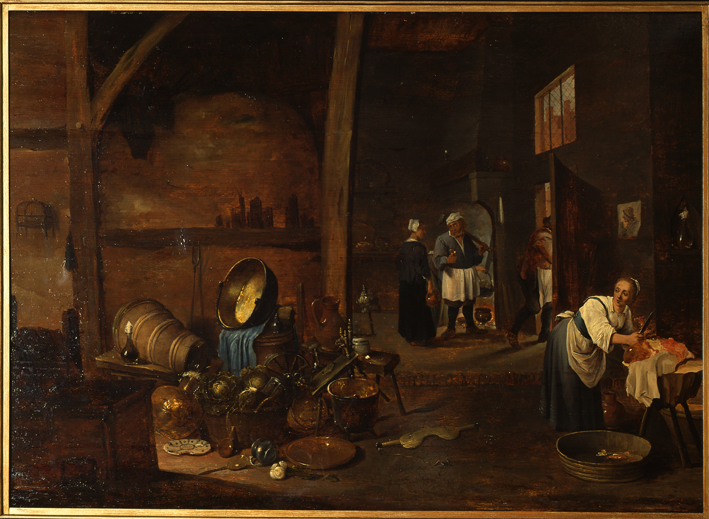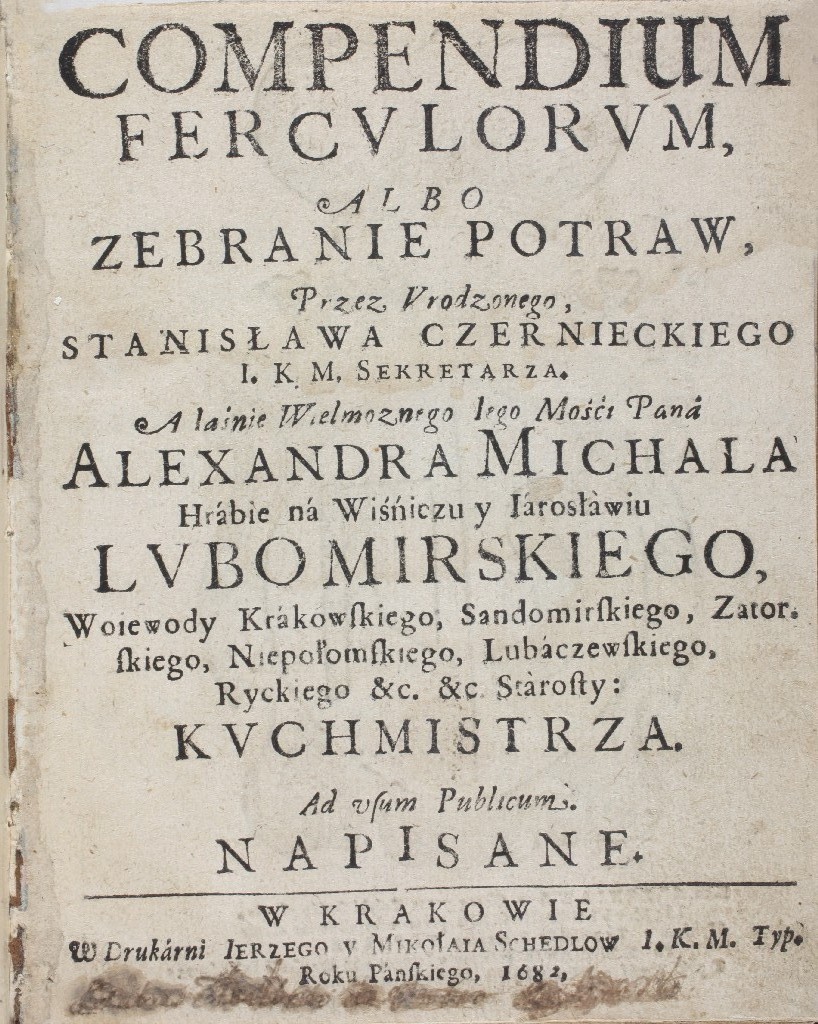Old Polish scrambled eggs or cooking for beginners
The old Polish cookbooks, apart from fancy Baroque recipes for dishes that were first of all supposed to stun and surprise feasters, contained also simple, easy-to-make recipes for beginner cooks. The most frequent among recipes for culinary novices were scrambled eggs, a dish that even now makes many unfulfilled chefs feel more confident about their (culinary) skills. After describing the culinary extravagances in the Baroque style, we now propose an insight into the good-old scrambled eggs.
In his Compendium ferculorum, Czerniecki describes three types of scrambled eggs. The recipes are included in the third and last chapter of the book, devoted to diary dishes. In fact, the same chapter also contains recipes for dishes with eggs, such as pancakes, pates, cakes, soups and other delicacies that did not fit into the meat and fish chapters. One of the recipes is called "Easy scrambled eggs." This time, we are interested in this particular recipe, which is probably the least original in Czerniecki's book.
As the recipe is not only easy but also very short, I will quote it in whole: "Crack eggs into pan with butter, serve in pan, optionally sprinkled with young green onions or finely chopped parsley."
The pan, according to a subsequent explanation by Wielądko, was a "clay dish used for frying or stewing various meat and fasting dishes." As we can see, apart from the old-fashioned pot used to prepare the dish, the recipe is identical with contemporary scrambled eggs. Czerniecki proposes two more variations of the dish, unusually simple for him. One of them is "Scrambled eggs with wine": "Melt butter in pan, scramble eggs with wine, sugar and cinnamon, pour on hot butter, fry and serve in pan. Do not stir." The other is: "Scrambled eggs with sweet cream": "Scramble eggs with sweet cream, pour on hot butter, stir fry, serve in pan, salt to taste."
The author also recommended using scrambled eggs as pancake filling and an important ingredient of "egg tarts." Such tarts with scrambled eggs were abundantly seasoned with sugar, cinnamon, raisins and wine - Baroque-style.
A simple and casual dish as it may seem, scrambled eggs were strictly forbidden in fasting periods. Both eggs and butter, which was commonly used for frying eggs, were of animal origin and as such could not be eaten during fast, as that would be a gross violation of religious and moral standards. Next time you eat contemporary or old Polish scrambled eggs, think about their long and glorious history.
Translation: Lingua Lab
